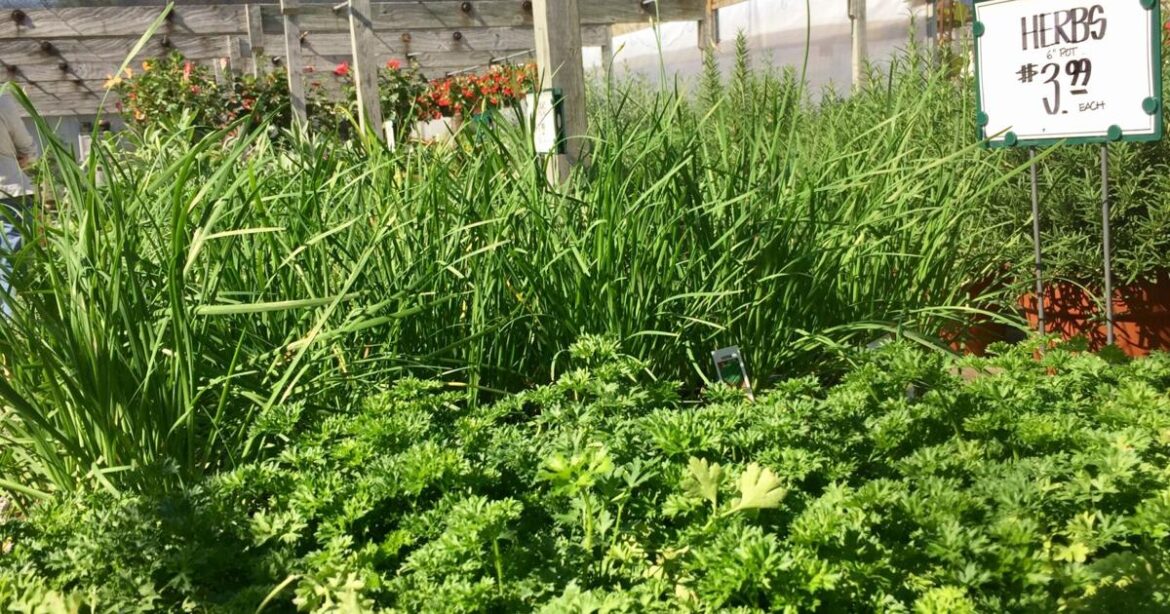This time of year, when most vegetable gardens are teeming with fresh produce, it is hard to think about starting additional plants.
However, right now is the perfect time to start a fall garden and continue your vegetable production until the first frosts of the year, or possibly beyond with certain hardy plants.
Some of my fondest gardening memories come from amazing crops that kept producing through late November, such as kale plantings that thrived beyond Thanksgiving.
By planting these late producers, you are able to maximize use of the growing season here in central Illinois, which means it may be time to prep a new area in your vegetable garden.
Maybe you have plants that are declining in the August heat?
I know that my once-thriving cucumber patch is starting to succumb to cucumber beetle pressure.
This is a great time to pull them out and start anew to finish this gardening season strong.
A month from now, it will be quite satisfying to see a space previously occupied by a failed or finished crop filled with thriving plants that will power through until the cold sets in.
Be sure to consider the typical recommendations for crop rotation when selecting the next plants to fill your space.
Fall is an excellent time to start many types of herbs. In fact, certain herbs thrive in cooler weather, such as parsley, sage, rosemary, thyme, chives, lavender, cilantro and mint.
Although many of these herbs do well when started from seed, seedlings can often be found this time of year in many garden centers.
In addition to herbs, there are many fall vegetable crops that do well when started from seed.
In central Illinois, crops such as beets, carrots and green beans should be direct seeded right away (early August) in order to reach maturity before our first killing-frost occurs, typically around late-October.
Others, such as kohlrabi, kale, turnip and radish, should be planted by late August.
Spinach, leaf lettuce and spring radish can be seeded anytime from now to mid-September.
Some crops, such as spinach and kale, are even noted to have improved sweetness after a frost occurs.
In fact, some varieties of kale can withstand temperatures as low as 10 degrees. What a super food!
If you are lucky enough to find plant starts at a local gardening center, you’ll be that much more ahead of the game.
Broccoli and cauliflower are commonly available as seedlings for fall gardens, although many of the vegetables listed above also do great when planted in August as seedlings.
One of the trickiest parts of a fall garden is staring seeds or seedlings during the very hot and dry late-summer months.
Special attention will be needed to keep seedlings watered and thriving until the hot weather breaks.
When starting from seed, adequate moisture must be provided to ensure seeds germinate and as the tiny first shoots emerge.
This is a time of high demand for water as the fragile root system works to support new above-ground plant parts, so be sure to provide adequate water.
For more specific information on planting your fall vegetable garden, please visit the University of Illinois Extension’s “When to Plant” website at go.illinois.edu/whentoplant.
This excellent collection of gardening data provides everything from frost maps and timing to detailed planting times for all of our common vegetable crops.
Ryan Pankau is horticulture extension educator with University of Illinois Extension serving Champaign, Ford, Iroquois and Vermilion counties.


Comments are closed.